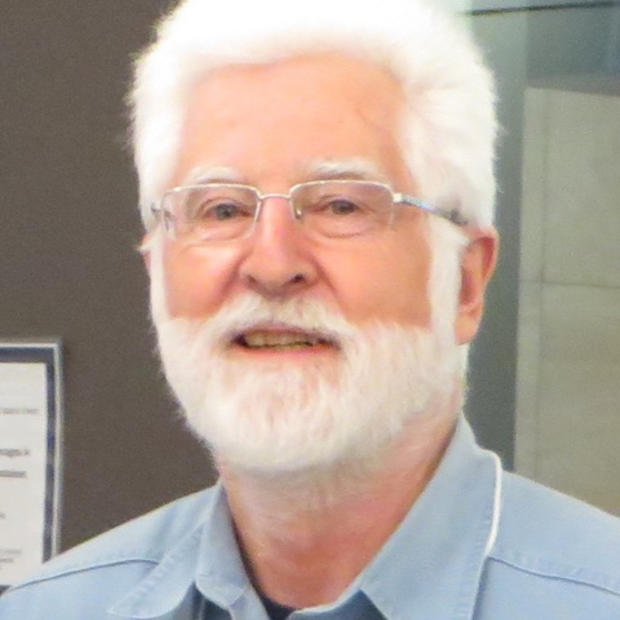Each year about this time Seattle School Board members evaluate their only employee, the district’s superintendent. With an interim superintendent on the job only a few months, this year had to be a little different.
In fact, you could say the board did the evaluation three months ago when they fired the previous superintendent, Maria Goodloe-Johnson, following revelations that an employee had spent money on contracts for which the district received little or nothing in return.
With Goodloe-Johnson gone and no need to attach accomplishments or failures to the superintendent or go through the agony of determining whether or not she got a raise, the board in a report at its regular meeting last week focused on what the district itself had or had not accomplished. The result was surprising and refreshingly candid language about where the district stands.
Of course, the board gave itself good marks for firing Goodloe-Johnson, noting “decisive action to terminate the employment of the previous Superintendent and the Chief Financial and Operating Officer” — neither mentioned by name anywhere in the report. In affirmation of Interim Superintendent Susan Enfield’s brief tenure, the board said: “Particularly noteworthy was a positive change of atmosphere in the District.” (You could almost hear the relief.) A chart of goals and numerical scores is available here.
When it came to academics, the board was unusually frank. In their own words: “Overall, the District’s academic performance, as measured by state tests results reported in the Fall of 2010, fails to meet the expectations of the Board. Academic progress was measured largely against the goals of the District’s Strategic Plan, which are not on track to be met.”
In another section, the board said: “Particularly concerning is the District’s failure to see progress in narrowing the achievement gap and improving the relative academic achievement of students on free or reduced lunch and English Language Learners."
"Math scores continue to concern us, and will remain a continued emphasis in the coming year,” the directors said in a nod to flat (and for some kids, falling) math scores and remaining conflicts over the math texts chosen under Goodloe-Johnson.
A little explanation of terms: Students on free or reduced lunch are the poor. English language learners are our immigrants. Most in these categories are minorities.
The board’s candid assessment recognizes that the oft-expressed goal (prominent in the district’s strategic plan) of closing the achievement gap remains unmet. The strategic plan tells us that the district knows what to do. But the board’s report last week tells us that the district — along with pretty much everybody in education — still doesn’t know how to do it. Either that, or the system we have can’t do it. That’s the conundrum — and political battlefield — of American education.
Responded Enfield after board vice president Michael DeBell finished reading the board report: There is “significant work to do” and a need for “recommitting ourselves…to close the achievement and opportunity gap that we all find so unacceptable.”



